Learn how massage can improve your life

Our Massage Therapist, Matt Danziger sits down with the Knowledge Exchange to talk Manual Therapy or, rather what manual therapy is NOT in this blog/podcast One of the things we pride ourselves over here at Body Mechanics Orthopedic Massage is our devotion to science and giving people a real outlook on what massage can and […]
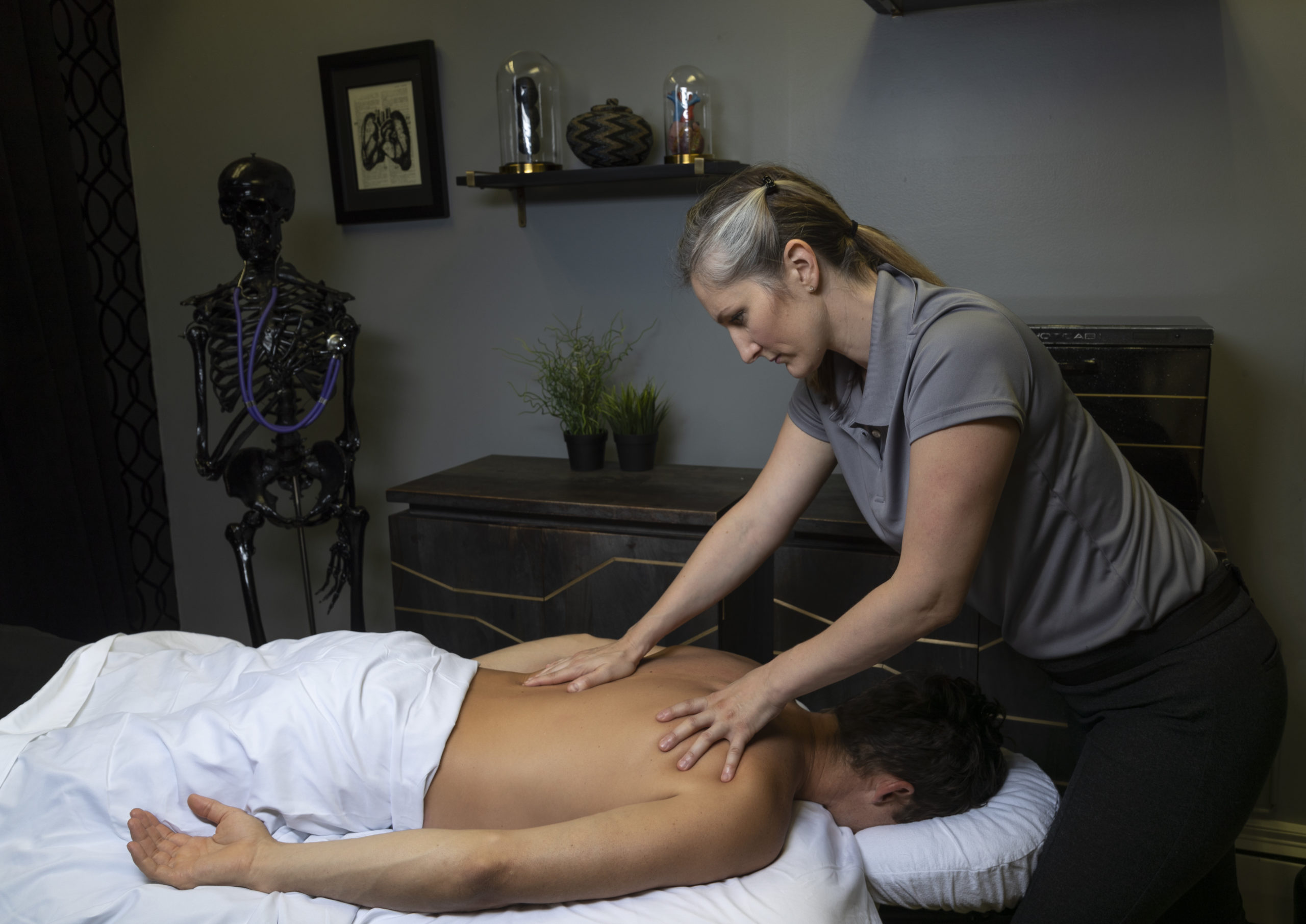
Want to get a great massage? We put together a list of six super easy ways to make sure you are getting the most out of your massage therapy experience. Massage can be great…it can also be miserable. Just browse through Google reviews or Yelp reviews and you will see experiences that run the […]
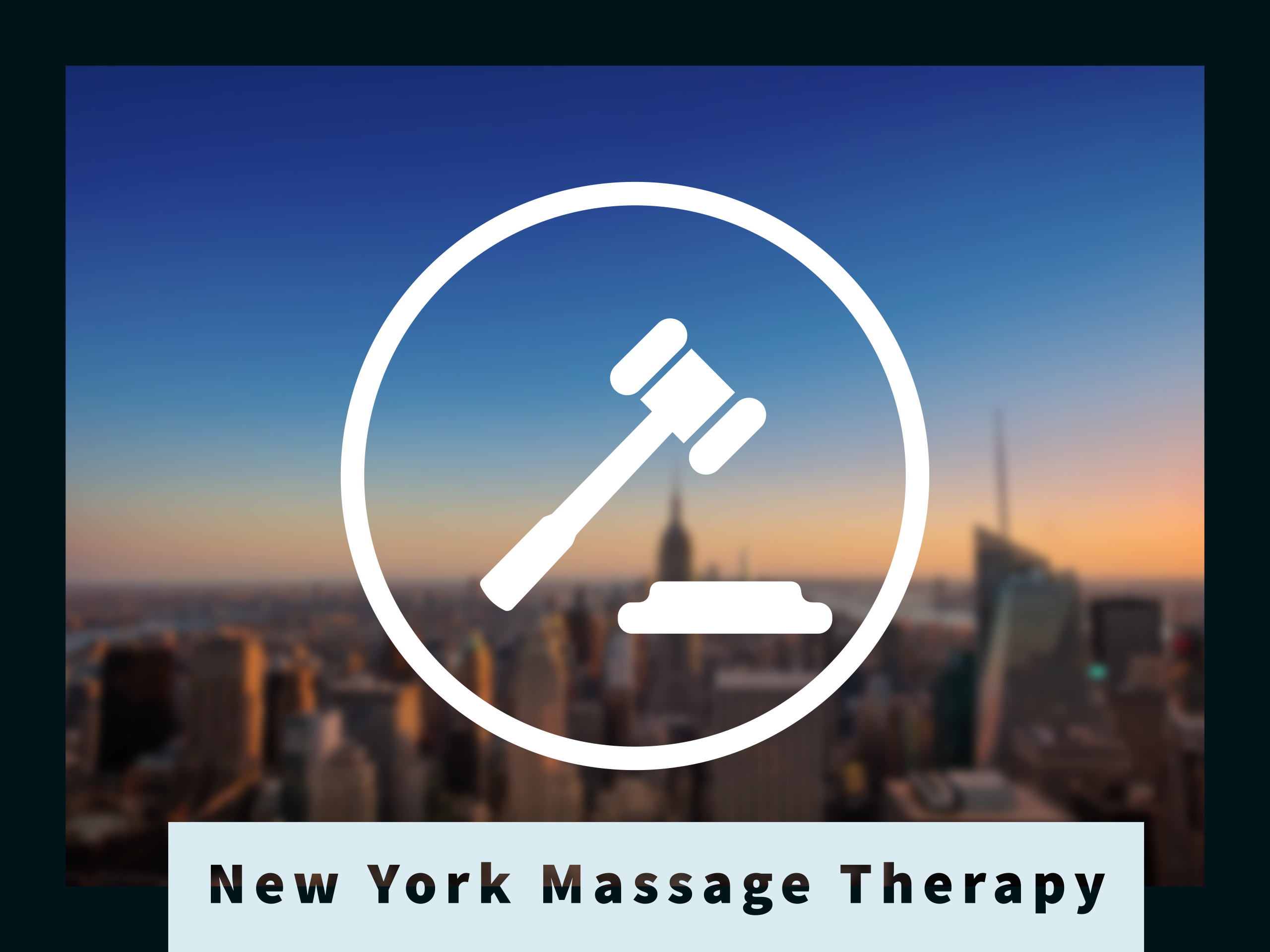
We have put together the top 5 things your New York State Massage Therapist should be doing for you but may not be…. This blog post is specific to New York State Massage Therapy, but in any state that see’s massage therapy as a licensed medical profession, these may apply. We put together this list […]
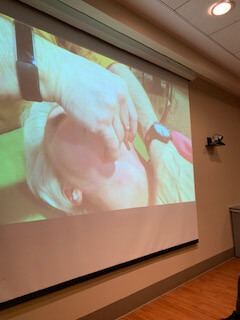
Walt Fritz’s Myofascial Release Seminar for Neck/Voice/Swallowing Disorders Before I get into the meat of this, there are a few things to note. This class, ‘Myofascial Release Seminar for neck/voice/swallowing disorders,’ is named for the conditions that may occur in the area being treated, as well as how the touching is done. While the title is […]
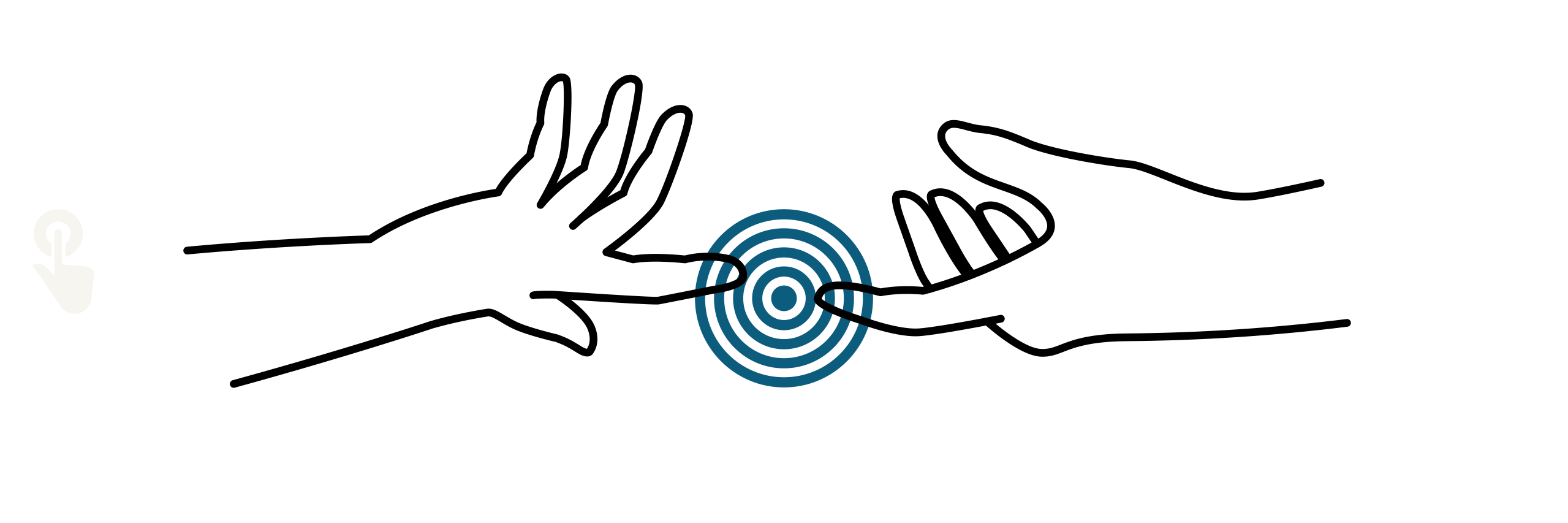
Get to Know One of Our Sports Massage Therapists, Laura! We are asking our sports massage therapists for a little extra information so that you can get to know them and their experience in sports massage. So here it goes! First off Laura, What is your background in Sports? Laura: I have been working in the […]
We Have a Fantastic New Location Hello all! We just wanted to keep you updated to a few of the changes that have happened this year. The biggest of which of course is WE HAVE MOVED TO A NEW LOCATION!! It was a long time coming but after 5 years at our former location, near […]
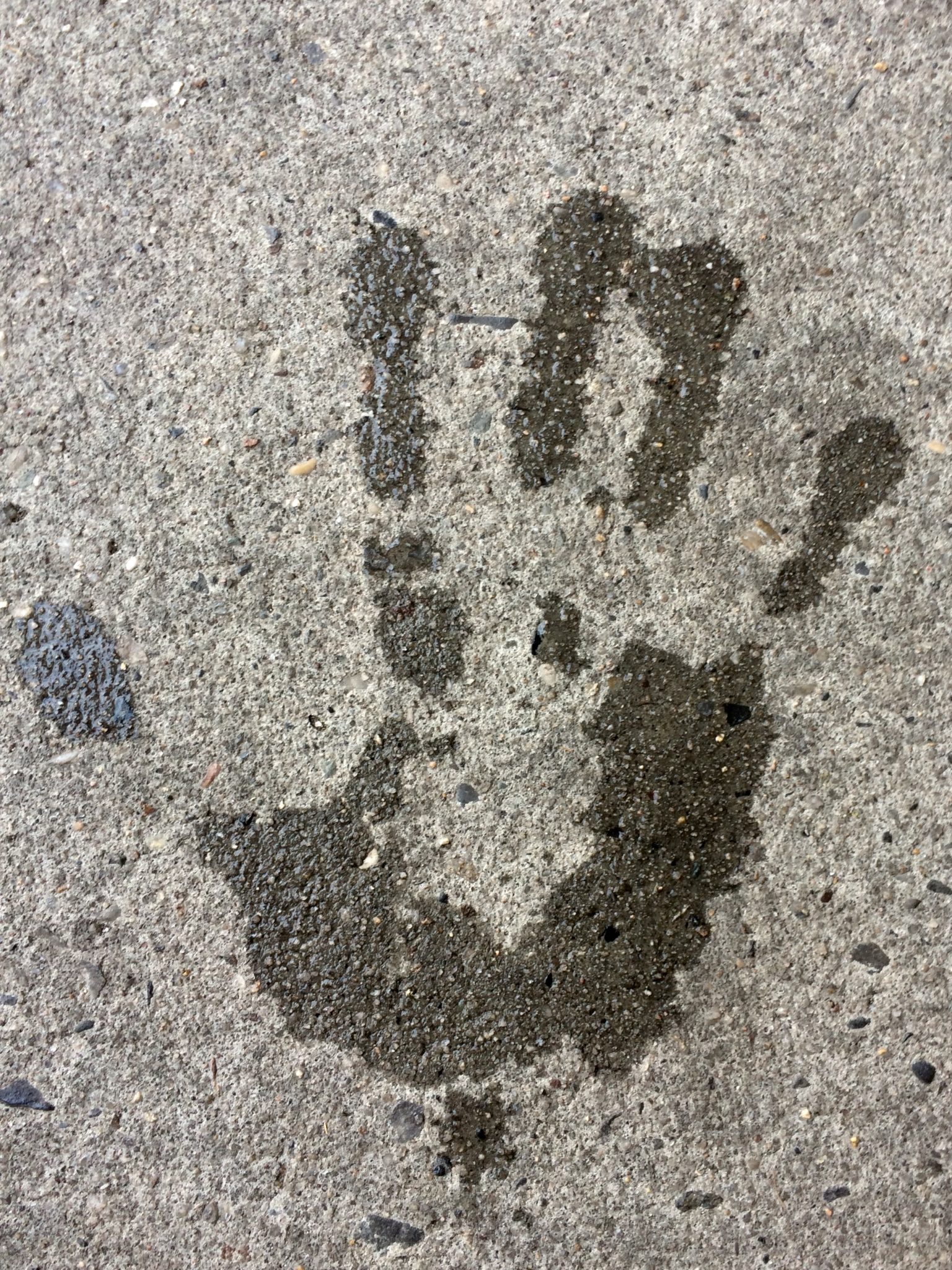
Working with Trauma and Abuse Before we go into what this post is, I want to touch quickly on what this post is NOT. It is not a substitute for an education course or training in working with victims of abuse/trauma. It is also not a suggestion to go beyond your scope or treat the […]

You’re with your body all day, so it’s pretty important to you. Let’s look at some places you can get more information on Pain and the Body I wanted to put together a list of places to look for good information on subjects pertaining to massage, movement, pain, and the body. This is by no […]
Many of us in the massage industry spend a lot of time talking to other therapists about massage therapy. What is holding it back? Is it the non-science based nature that is the issue? Is it the lack of research? Is it the people it attracts? Is it the professionalism? What about the spiritual aspects […]

Consent, Massage &Peanut Butter & Jelly *Full disclosure, I believe I learned this exercise in grade school creative writing. Frequently when talking to clients you may think that you are communicating effectively and giving a great consent when you actually are not. This failing actually happens with everyone at some time. People are full of funny […]